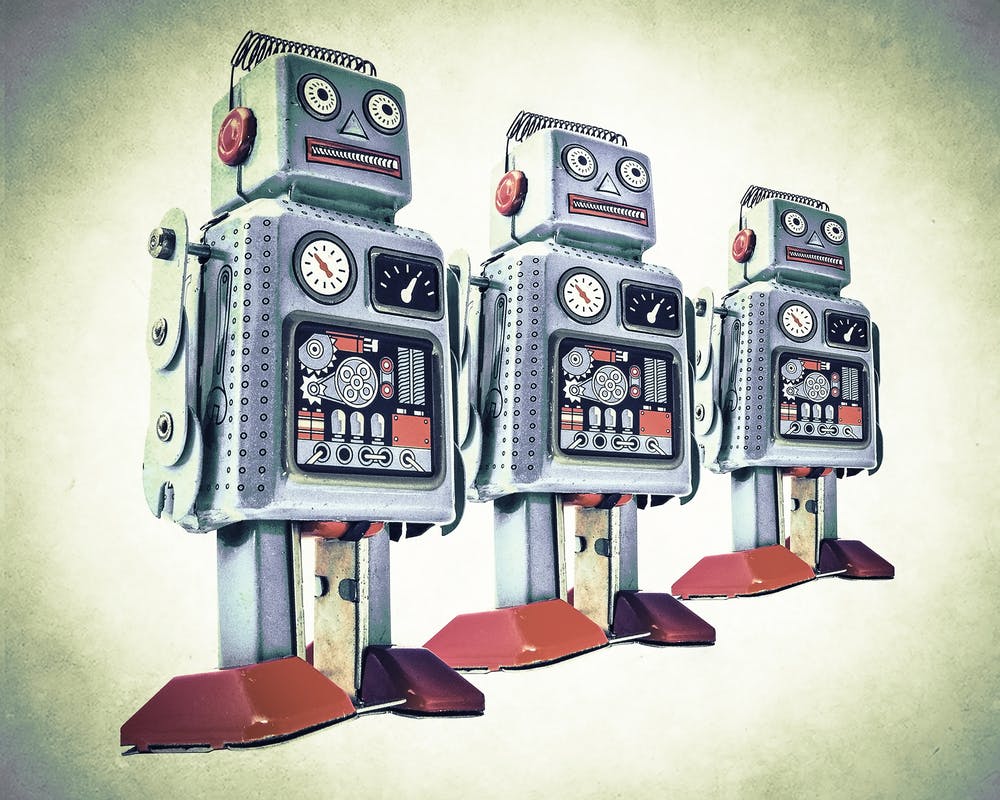This year’s theme at the just ended World Economic Forum at Davos was “Creating a Shared Future in a Fractured World,” which covers a lot of ground. Most interesting to me was seeing the proliferation of discussions around the intersection of artificial intelligence (AI) and creating more human work environments.
Accenture Strategy released a report at Davos, summarized in this Economic Times article:
“If businesses invest in artificial intelligence (AI) and human-machine collaboration at the same rate as top-notch companies, they could boost revenues by 38 percent by 2022 and raise employment levels by 10 per cent, a new report said on Tuesday. Collectively, this would lift profits by $4.8 trillion globally over the same period.”
Christian Ulbrich, Global CEO at JLL, led a panel on “why human experience in the workplaces of the future will be even more central to the success of high performance businesses, despite the rise of the robots.” As he commented in a LinkedIn prelude to the session:
“We see evidence all around us of advances in technology and big data transforming our work and lifestyles. What’s becoming equally apparent in the workplace, as a complementary counterpart to digitalization, is a strong recognition of the importance of human experience … Across all business sectors, we see growing recognition of the vital importance of community in the workplace. We don’t need a scientific study to know that being part of a community is energizing. But why? The key, I think, is shared meaning and values, which in turn instill a shared sense of purpose.”
So, where’s the intersection? One seems to be talking about empowering the robots (AI) while the other is talking about empowering the humans. The secret lies in acknowledging the path to the future while remembering the humanity at the core of our work, our workplaces and our co-workers. As Ellyn Shook, Accenture’s chief leadership and human resources officer, said at Davos:
“Business leaders must take immediate steps to pivot their workforce to enter an entirely new world where human ingenuity meets intelligent technology to unlock new forms of growth.”
Let’s think about how that might play out in a social recognition system in your organization. There’s nothing more human than the act of saying “Thank you,” the effort of noticing others and their contributions while expressing your appreciation to them. And yet, applying AI to knowledge inherent (and often hidden) in meaningful messages of thanks can reveal great potential in an organization, in a team, and in an individual.
Ellyn will be joining us at WorkHuman to share more on the intersection of AI, humans, and potential in the workplace. I hope you can join us, too, April 2-5, 2018, in Austin, Texas.
This article originally published on the Recognize This! blog.
